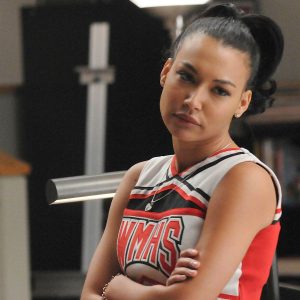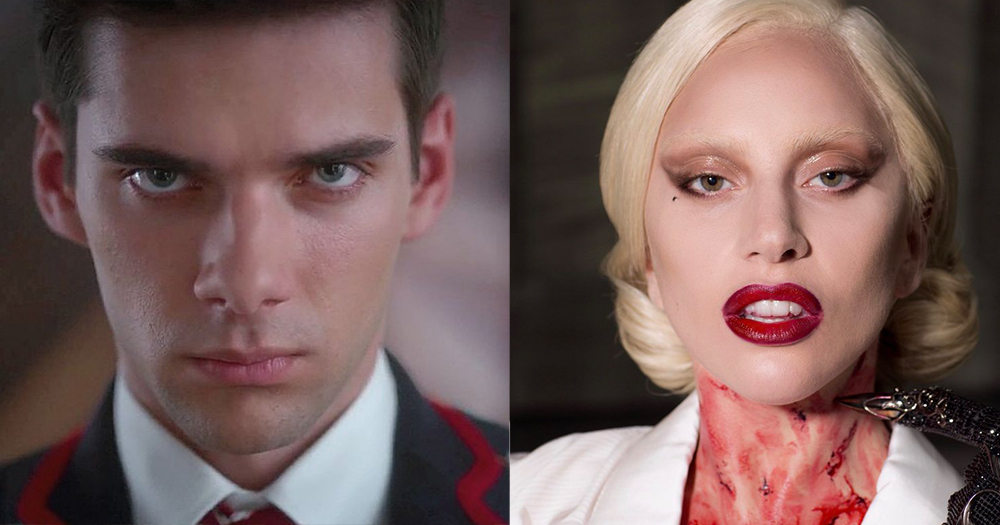Accurate representation in the media allows both viewers’ empathy towards and understanding of minority groups to blossom. Unfortunately, between stereotypes, misconceptions and underrepresentation, the media’s portrayal of bisexuality has been questionable at best and blatantly offensive at worst. So what are some of the common media pitfalls in portraying bisexuality? And when have they got it right? Let’s get started!
Bi erasure

Bi-erasure is real and boy it is rife in the media! Bisexual people make up approximately half of those who identify as part of the LGBTQ+ community, yet how many LGBTQ+ characters on TV are bisexual? A measly 25%. The media also renders bisexuality invisible in more insidious ways. Many characters exhibit attraction to more than one gender, but never explicitly state their sexual identity.
Remember Amy Farrah Fowler from The Big Bang Theory? The show constantly referenced her crush on friend Penny, but never confirmed her sexual identity as a bisexual woman. Other examples include Faith in Buffy and Jackson Whittemore in Teen Wolf.
Villain Portrayal

What could be worse than being invisible? Well, being a cold-blooded murderer is a pretty good bet! Too often bisexuals are portrayed as manipulative and scheming sociopaths, as though sexual fluidity and moral fluidity are somehow linked. Think Polo from Elite. Behind his foxy looks lay a subversive and quietly manipulative character who eventually carries out a merciless crime against his classmate.
What about Ryan Murphy’s American Horror Story? The premiere of the season reveals Elizabeth’s (Lady Gaga) bisexuality, the same episode that she slits the throats of the heterosexual couple she seduces. Other examples include Felicity from The Catch and Frank Underwood from House of Cards. Coincidences? Hmm.
Promiscuity

If a bisexual character is not thirsty for blood, they are probably thirsty for something else! Continuously we see bisexual characters such as Glee’s Brittany Pierce or Game of Throne’s Oberyn Martell portrayed as hedonistic and promiscuous. Now there is nothing wrong with some saucy times, but when such figures are also generally women it begs the question whether such representation is much more than a cheap shot at titillating male viewers.
Straight to Gay

Characters on TV often go from straight to gay as though sexuality is a strict dichotomy with no room for bisexuality. Think of characters such as Santana Lopez in Glee who was initially presented as attracted to men, but after falling in love with the same gender suddenly was exclusively gay. Willow Rosenberg in Buffy is another good example. After seasons of straight relationships, Willow falls in love with a woman and identifies solely as a lesbian.
Positive Portrayals
All hope is, however, not lost. The last decade has witnessed blossoming representations of bisexuality in media. Hey, there are even some characters that explicitly label themselves as bisexual! An excellent example is Crazy Ex-Girlfriend’s Darryl Whitefeather. Darryl is a diverse and rounded character without being subject to any of the above tropes. Not to mention his epic coming out through an 80’s inspired pop ballad, ‘Gettin’ Bi’.
Don’t forget either the iconic Rosa Diaz from Brooklyn Nine-Nine. This girl is a badass, both smart and tough as nails. After four seasons of the show, Stephanie Beatriz decided to have her character explicitly state “I’m bisexual” to fight against the theme of unnamed bisexuals on TV.
Who are your favourite bisexual characters on TV? What do you think of the representation of bisexuality in the media? Let us know your thoughts below!
© 2021 GCN (Gay Community News). All rights reserved.
Support GCN
GCN is a free, vital resource for Ireland’s LGBTQ+ community since 1988.
GCN is a trading name of National LGBT Federation CLG, a registered charity - Charity Number: 20034580.
GCN relies on the generous support of the community and allies to sustain the crucial work that we do. Producing GCN is costly, and, in an industry which has been hugely impacted by rising costs, we need your support to help sustain and grow this vital resource.
Supporting GCN for as little as €1.99 per month will help us continue our work as Ireland’s free, independent LGBTQ+ media.
